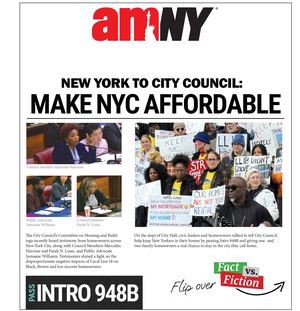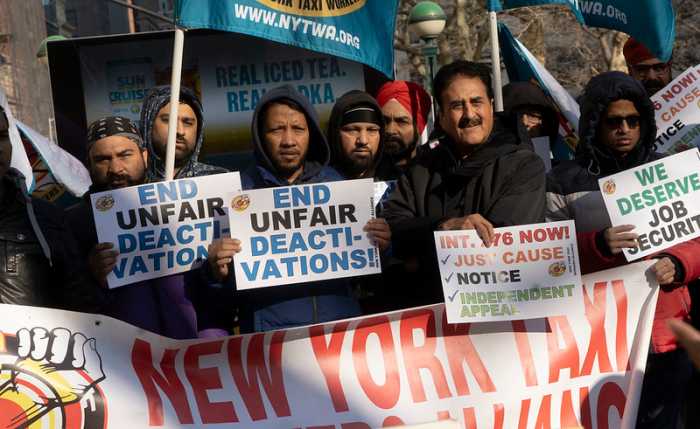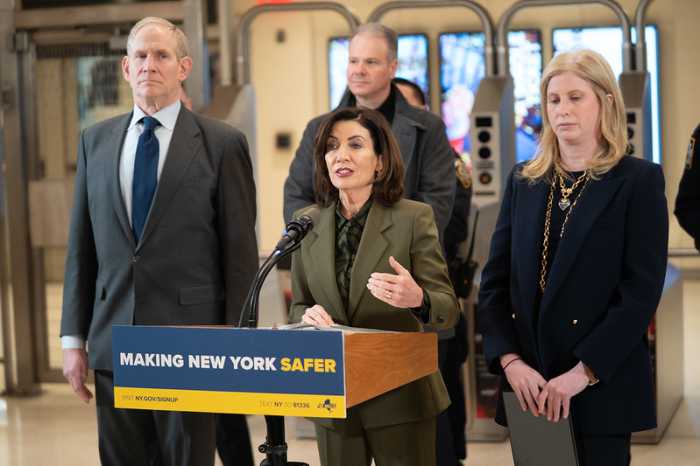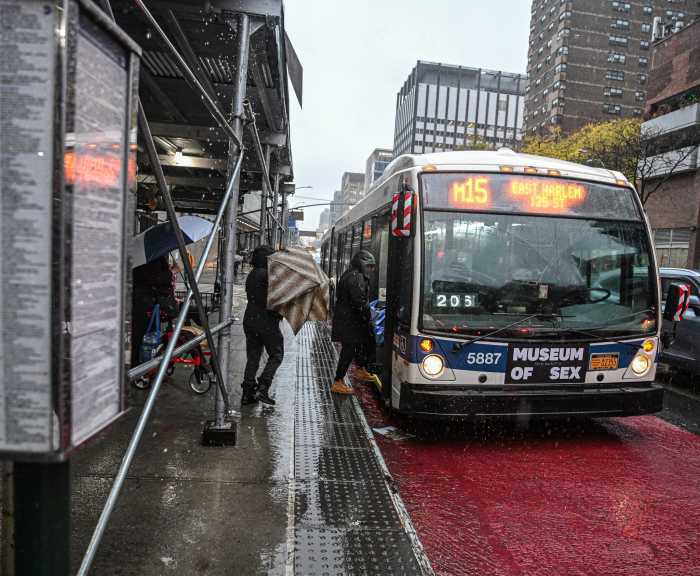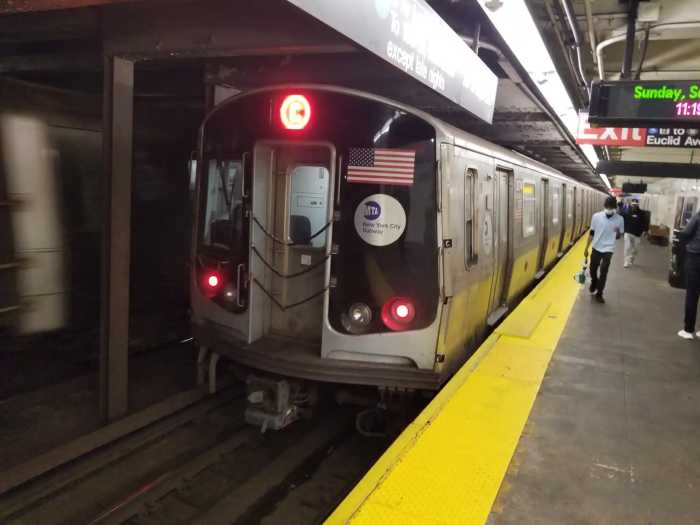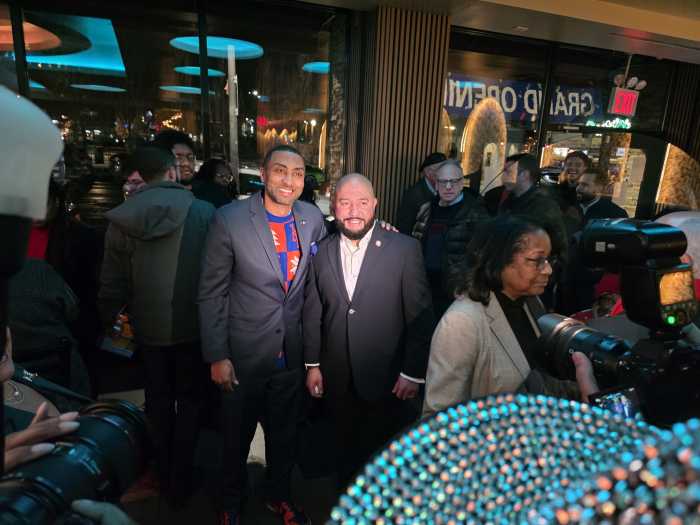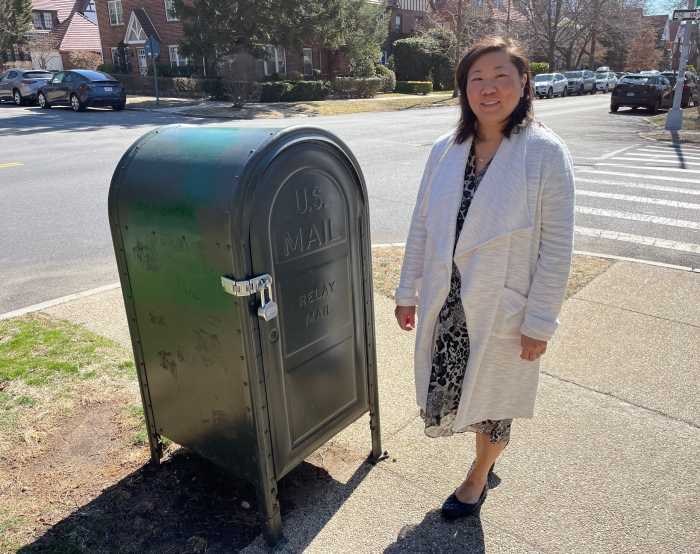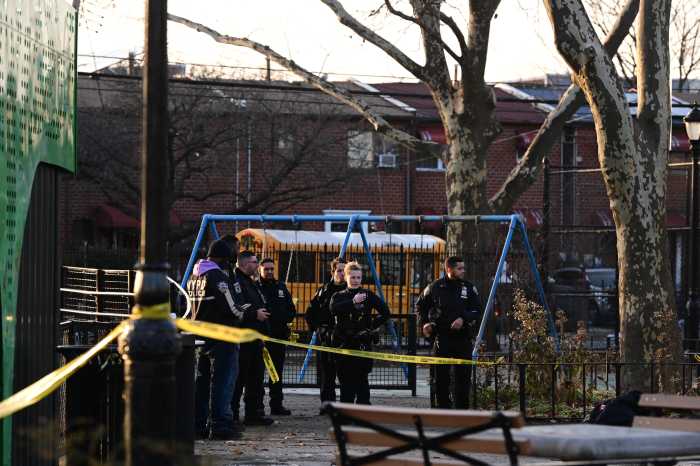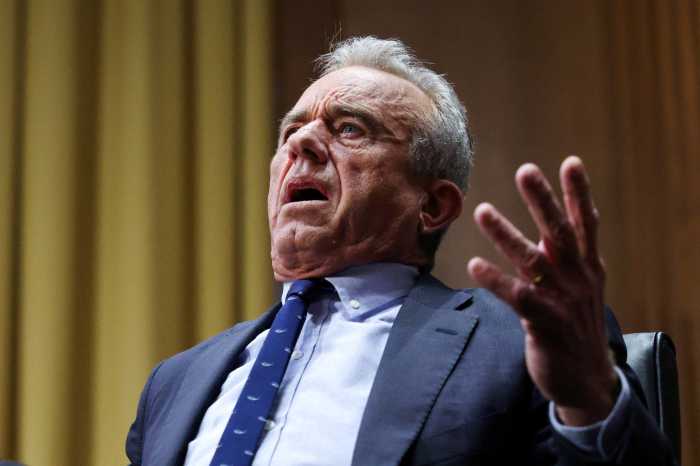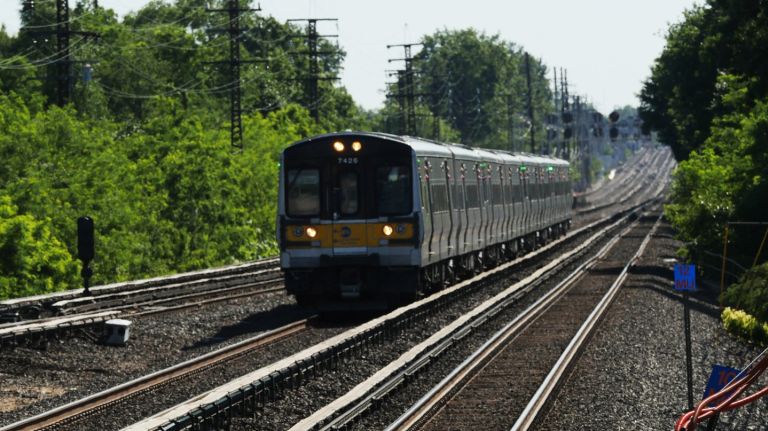
The Long Island Rail Road’s third-track project took a major step forward Monday as the MTA’s LIRR committee approved a $1.8 billion contract to build the Main Line expansion.
Monday’s approval advanced the pact to the full Metropolitan Transportation Authority board for a vote Wednesday, and it is expected to pass. LIRR President Patrick Nowakowski described the extra track as a “milestone project” that would greatly improve railroad service.
“It is critical to the Long Island Rail Road,” he said at the committee meeting in Manhattan. “We run so many trains through that corridor that any time we have a hiccup in service, it’s a severe hiccup that affects many trains, not just one or two.”
The MTA has recommended awarding the design-build contract to a joint venture known as 3rd Track Constructors, which would be responsible for building 9.8 miles of a third track between Floral Park and Hicksville. It also would deliver several related projects, including the construction of up to five parking garages and retaining walls, improvements to rail bridges and the removal of seven street-level train crossings, where there have been 24 deaths since 1980 and more than 100 vehicle strikes in 2015.
Work on the third track is scheduled to begin next year, and become operational by late 2022 at a total cost of $2.6 billion. While the project has faced resistance from neighborhoods that are to be impacted by construction of the track, the MTA argues that the transformative work will expand capacity, improve reliability and increase safety on the LIRR.
There also was controversy over funding of the project, which came through an amendment to the MTA’s $32 billion capital plan, adding more than $1 billion in debt.
However, the project “adds flexibility and reliability because if something happens, you have a third track to deal with it,” said William Henderson, executive director of the Permanent Citizens Advisory Committee to the MTA. “Probably most important in the long term is that it allows you to run two-way service.”
Henderson said such service could have a substantial impact on Long Island’s economy and boost the potential of the ongoing East Side Access megaproject, which will link the LIRR to a new terminal under Grand Central Terminal.
“It opens up a whole new labor market for Long Island employers,” Henderson said of the third track. “People that want to [live] on Long Island might have to draw from a wide area and that can be a hard sell for somebody in Queens and Brooklyn. We still have a ways to go [but] . . . this makes things a lot easier for somebody to get out to their job in Long Island.”
More than 250 trains travel over the segment of Main Line track on a typical weekday, serving about 40 percent of LIRR commuters.
Janno Lieber, MTA chief development officer, said the project will have a ripple effect that benefits all riders on every LIRR branch, adding that “extensive environmental and community” elements of the construction plan helped earn “tremendous support” for the expansion.
“With just two tracks, there’s a huge problem of congestion in this corridor,” Leiber said.
